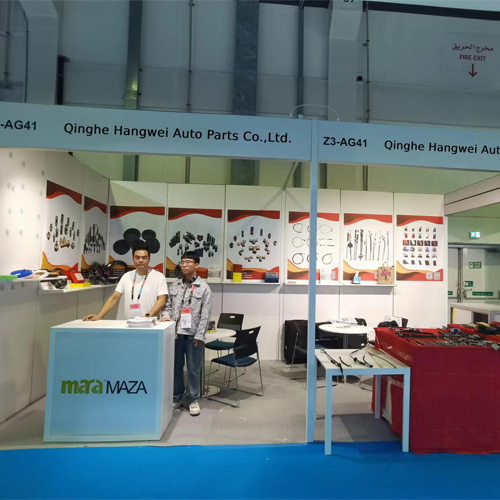inner gear cable
Understanding Inner Gear Cable Significance, Installation, and Maintenance
When it comes to maintaining a bicycle, one of the crucial components that often requires attention is the gear shifting system. A significant part of this system is the inner gear cable, which plays an essential role in ensuring smooth and accurate gear changes. Understanding its function, proper installation, and maintenance can greatly enhance your cycling experience.
What is an Inner Gear Cable?
The inner gear cable is a thin metallic wire that runs through the outer cable housing and connects the gear shifters on the handlebars to the derailleurs on the bike's drivetrain. Its primary function is to transmit the force applied on the shifter to the derailleur, thereby shifting the bike's gears. The inner gear cable is typically made of high-tensile steel, threaded through a protective outer casing to prevent friction and ensure durability.
Significance of the Inner Gear Cable
The performance of your bike's gearing system largely depends on the condition of the inner gear cable. A well-functioning cable allows for precise shifts and seamless transitions between gears. Conversely, a worn or frayed cable can lead to sluggish or inaccurate shifts, making it difficult to pedal efficiently, especially on challenging terrains. Moreover, a malfunctioning inner gear cable can even pose safety risks, as sudden gear changes or failure to shift can lead to loss of control.
Installation of the Inner Gear Cable
Installing an inner gear cable may seem daunting, but it can be accomplished with some basic tools and knowledge
. Here is a step-by-step guide to help you through the process1. Gather Your Tools You will need a new inner cable, outer cable housing if replacing, cable cutters, a 5mm Allen wrench, and a Phillips screwdriver.
2. Remove the Old Cable Start by shifting the bike into the easiest gear. This relieves tension on the cable. Use the Allen wrench to remove the derailleur’s cable anchor bolt and then carefully pull out the old inner cable.
3. Replace the Outer Housing (if necessary) If the outer housing is worn or damaged, replace it. Slide the new outer housing into place and ensure it is appropriately cut to length.
inner gear cable

4. Insert the New Inner Cable Feed the new inner gear cable through the shifter and into the derailleur. Make sure it passes through all cable guides and is secured without any twists.
5. Anchor the Cable Pull the cable taut and secure it by tightening the derailleur’s cable anchor bolt. Make adjustments to ensure smooth shifting across all gears.
6. Test the Shifting Finally, shift through all the gears to test the system. Make any necessary adjustments to the derailleur limit screws for optimal performance.
Maintenance Tips
To prolong the life of your inner gear cable, regular inspections and maintenance are essential
- Lubricate the Cable Use a appropriate bike lubricant on the cable to reduce friction. Avoid over-lubricating, as this can attract dirt and grime.
- Inspect for Wear Regularly check for signs of fraying or rust on the cable. If there are any signs of damage, replace the cable immediately.
- Adjust Tension as Needed If you notice difficulty in shifting, check the tension on your cable and make adjustments as necessary.
Conclusion
The inner gear cable might be a small component of your bicycle, but its role in ensuring smooth and efficient gear shifting is indispensable. Regular maintenance, coupled with understanding its installation process, can significantly enhance your cycling experience. Whether you’re a casual rider or a serious cyclist, keeping your gear system in optimal condition is paramount for a safe and enjoyable ride.
-
Workings of Clutch Pipe and Hose SystemsNewsJun.04,2025
-
The Inner Workings of Hand Brake Cable SystemsNewsJun.04,2025
-
The Secrets of Throttle and Accelerator CablesNewsJun.04,2025
-
The Hidden Lifeline of Your Transmission Gear Shift CablesNewsJun.04,2025
-
Demystifying Gear Cables and Shift LinkagesNewsJun.04,2025
-
Decoding Clutch Line Systems A Comprehensive GuideNewsJun.04,2025
